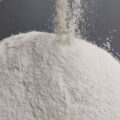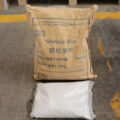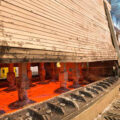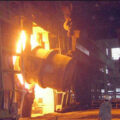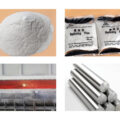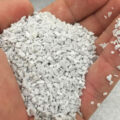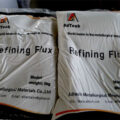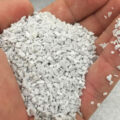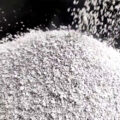There are many types of melting furnace flux used in aluminum alloy casting production, which can be divided into two categories: refining agent and covering agent. The fluxes used for degassing and slag removal are collectively referred to as refining agents, and the fluxes used to prevent the melt from oxidative burning and gas absorption are collectively referred to as covering agents. Different aluminum alloys use different refining agents and covering agents. For this reason, the appropriate melting furnace flux should be selected according to different alloys and uses.

Before installing the furnace, evenly sprinkle powdered flux on the bottom of the furnace. After the furnace charge is leveled, evenly sprinkle a layer of dry powdery flux to cover, and sprinkle the flux on the surface of the bare metal melt in time to prevent inhalation. Refining Flux has a good effect on the removal of impurities, but its removal effect depends largely on the physical and chemical characteristics of the flux itself and the purification process, such as the amount of flux, the contact conditions between the flux and the melt, and the processing temperature.
In the process of aluminum alloy smelting, the purpose of slag removal and degassing can be achieved through the adsorption, dissolution, chemical reaction and gas pressure difference between the flux and the inclusions. The flux used for purification is a salt with low melting point, low density, low surface tension, high activity, and strong adsorption capacity for oxides.
The adsorption capacity of flux depends on its chemical composition. As far as aluminum alloy is concerned, under other conditions, the wetting and adsorption capacity of chloride is better than that of fluoride; alkali metal chloride is better than alkaline earth metal; sodium chloride and potassium chloride The mixture is better than pure chloride. Adding fluoride to the mixture of sodium chloride and potassium chloride greatly improves its adsorption capacity.


